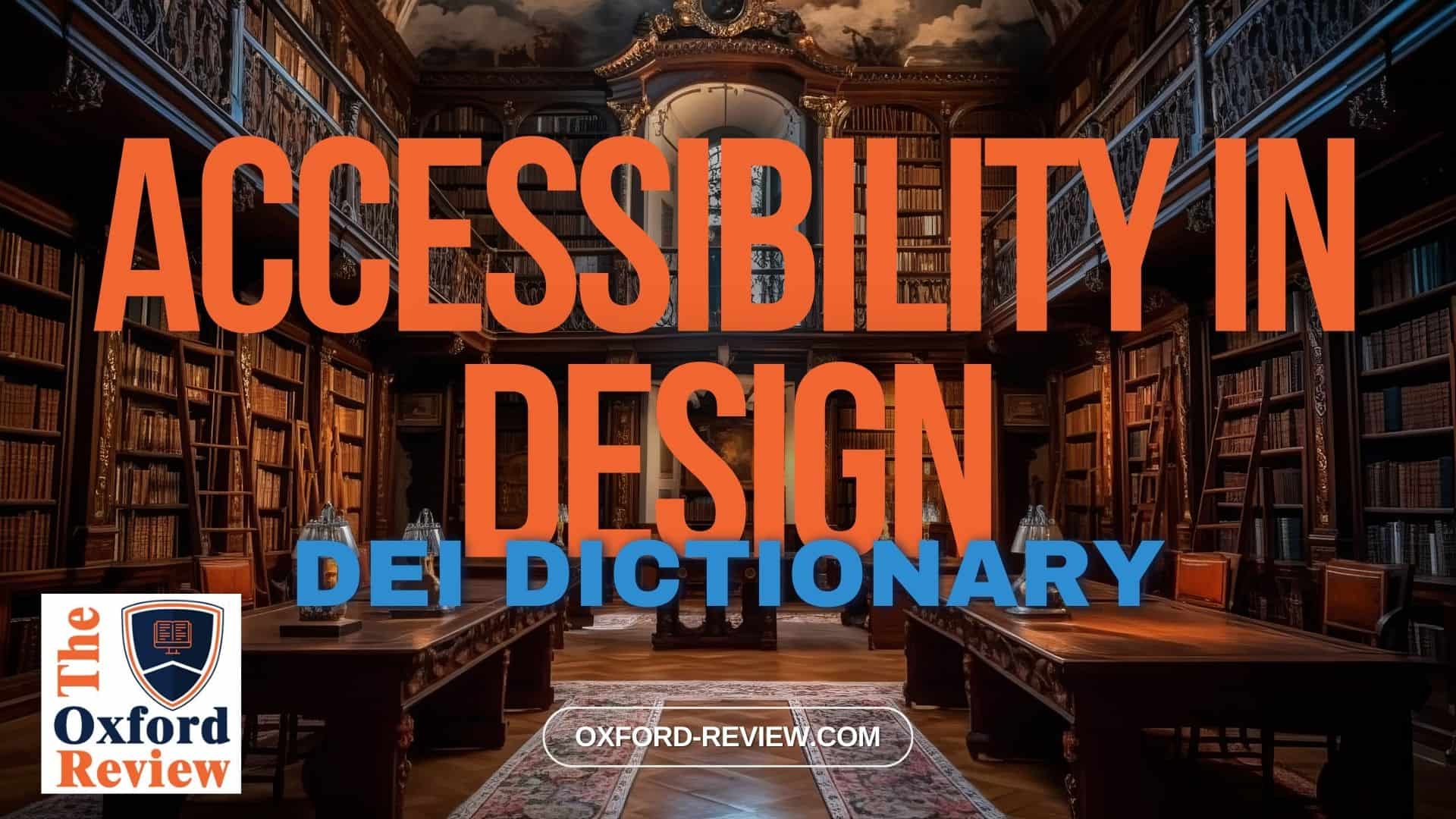Accessibility in Design – Definition and Explanation

Understanding Accessibility in Design: Key Principles and Examples
Accessibility in design is a crucial element for creating inclusive environments in both physical and digital spaces. It ensures that everyone, regardless of ability or disability, can access and interact with products, services, and information effectively.
Definition:
Accessibility in design refers to the practice of designing products, services, and environments that can be accessed, understood, and used by all individuals, including those with disabilities. It encompasses various considerations, including physical, sensory, cognitive, and technological barriers that may impede access to information or participation in activities.
Key Principles of Accessibility in Design:
- Perceivable: Information and user interface components must be presented in a way that users can perceive, regardless of their sensory abilities. This may include providing alternatives for multimedia content such as text descriptions for images or captions for videos.
- Operable: Users should be able to operate the interface and navigate the content effectively. This involves ensuring that all functionalities are accessible via keyboard or other input devices, and that navigation is logical and consistent.
- Understandable: Content and interface elements should be easy to understand and use. This may involve providing clear instructions, using familiar language, and avoiding jargon or complex terminology.
- Robust: The design should be robust enough to accommodate a wide range of assistive technologies and devices. This ensures compatibility with screen readers, magnifiers, alternative input devices, and other assistive technologies used by people with disabilities.
Example:
A notable example of accessibility in design is the curb cut. Originally designed to assist individuals using wheelchairs, curb cuts have become a standard feature in urban landscapes, benefiting a wide range of people including parents with prams, cyclists, and individuals with mobility aids. By providing a smooth transition from the pavement to the street, curb cuts ensure equitable access to pedestrian pathways for everyone, regardless of their physical abilities.
Conclusion:
Accessibility in design is essential for creating inclusive environments that accommodate the diverse needs of individuals. By adhering to key principles such as perceivability, operability, understandability, and robustness, designers can create products and services that are accessible to all. Incorporating accessibility considerations from the outset not only improves user experience but also fosters diversity, equity, and inclusion in society.
Be impressively well informed

Get the very latest research intelligence briefings, video research briefings, infographics and more sent direct to you as they are published
Be the most impressively well-informed and up-to-date person around...
